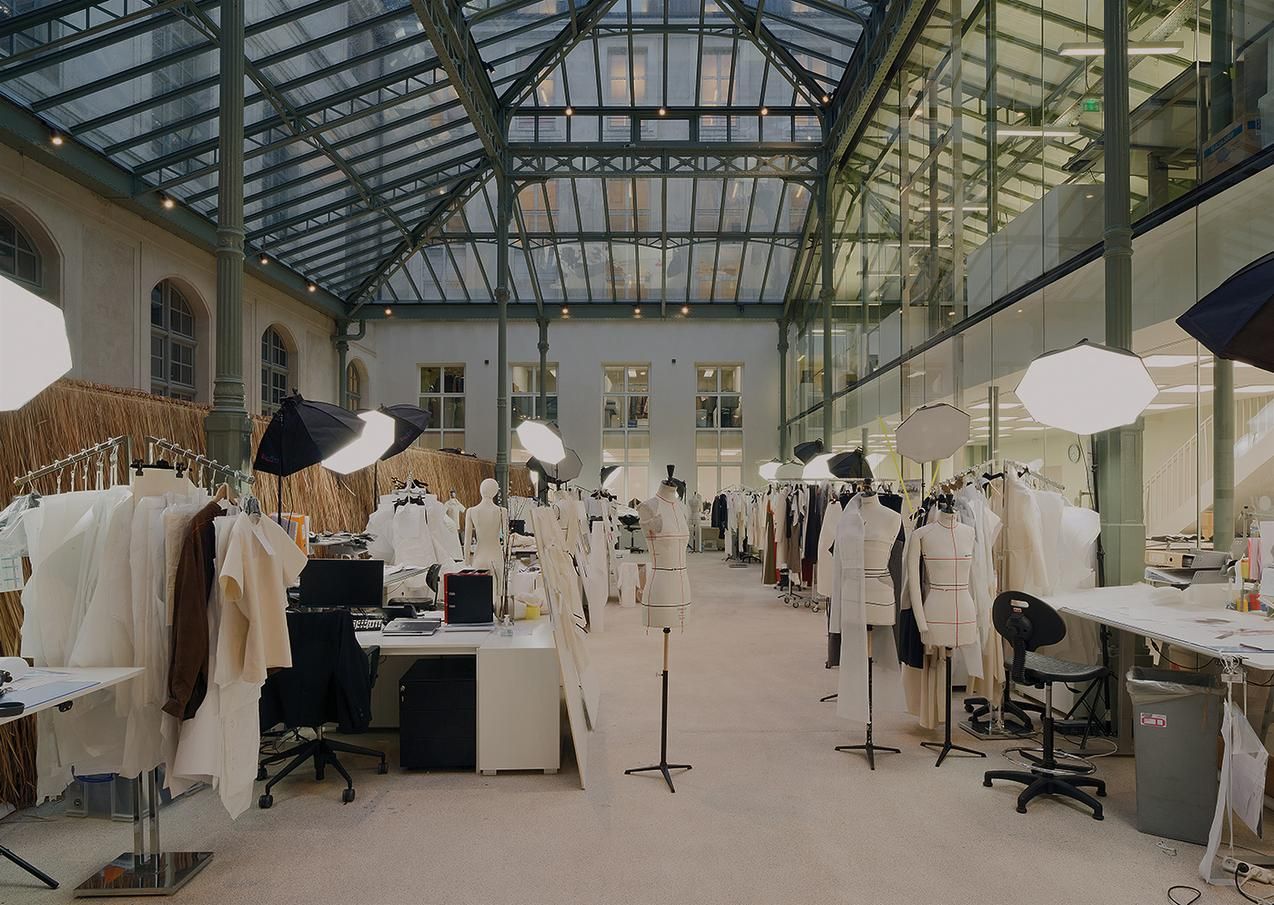
The Business of Fashion Design: From Concept to Consumer
The journey from an initial fashion concept to a product in a consumer’s hands is a fascinating and intricate process. The business of fashion design involves much more than creativity and craftsmanship. Understanding the business side is crucial for designers aiming to succeed in the competitive fashion industry. Let’s explore the essential steps and strategies that turn fashion dreams into commercial realities.
The Creative Spark and Market Research
Every fashion collection starts with a creative spark. Designers draw inspiration from various sources, such as art, culture, nature, and current trends. However, creativity alone isn’t enough. Market research is vital to ensure that the designs will appeal to the target audience.
- Example: Before launching a new line, a designer might study current fashion trends, consumer preferences, and competitors’ collections.
- Tip: Regularly conduct surveys and engage with your audience on social media to understand their tastes and preferences.
Design Development and Prototyping
Once the concept is clear, the next step is design development. This phase involves sketching designs, selecting fabrics, and creating prototypes. It’s an iterative process where initial designs are refined based on feedback and practical considerations.

- Example: A fashion designer might create several versions of a dress, experimenting with different fabrics and cuts.
- Tip: Collaborate closely with pattern makers and sample makers to ensure your vision is accurately translated into the prototype.
Sourcing and Production
Sourcing the right materials and choosing reliable manufacturers are crucial for quality and cost control. Ethical sourcing has become increasingly important, with many consumers preferring brands that prioritize sustainability and fair labor practices.
- Example: Designers may source organic cotton or recycled materials to appeal to eco-conscious consumers.
- Tip: Build strong relationships with suppliers and manufacturers to ensure consistency and reliability in production.
Marketing and Branding
A successful fashion brand requires effective marketing and a strong brand identity. This includes everything from logo design and packaging to social media presence and marketing campaigns. Storytelling plays a significant role in connecting with consumers on an emotional level.
- Example: A brand might highlight the sustainable practices behind their collection, appealing to environmentally conscious customers.
- Tip: Utilize various marketing channels, including social media, influencers, and email marketing, to reach a broader audience.
Sales Channels and Distribution
Choosing the right sales channels is critical for reaching your target market. This can include online stores, brick-and-mortar retail, pop-up shops, and partnerships with other retailers. Each channel has its own set of advantages and challenges.
- Example: An emerging designer might start with an online store before expanding to physical retail spaces.
- Tip: Consider the logistics of each distribution channel, including shipping, inventory management, and customer service.
The Role of Fashion Shows and Trade Fairs
Fashion shows and trade fairs are essential for showcasing collections to buyers, media, and consumers. These events provide a platform for generating buzz and securing orders from retailers.

- Example: Participating in Fashion Week can significantly boost a brand’s visibility and credibility.
- Tip: Prepare thoroughly for these events, ensuring your collection is presented professionally and creatively.
Financial Management and Scaling
Managing finances effectively is crucial for sustaining and growing a fashion business. This includes budgeting, pricing strategies, and investment in growth opportunities. As the business grows, scaling production and expanding the product line become key considerations.
- Example: A designer might seek investment to scale up production and enter new markets.
- Tip: Keep a close eye on cash flow and profitability, and seek professional advice when needed.
- Supporting Link: For guidance on financial management, check out Financial Management for Creatives.
Embracing Technology
Technology is transforming the fashion industry, from design software and virtual prototyping to e-commerce and digital marketing. Embracing these technologies can streamline operations and enhance the customer experience.
- Example: Virtual fitting rooms and augmented reality apps can help customers visualize how clothes will look and fit before purchasing.
- Tip: Stay updated on the latest tech trends in fashion and consider how they can be integrated into your business model.
- Supporting Link: Read about the Latest Fashion Tech Trends.

Conclusion
The business of fashion design is a complex blend of creativity, strategy, and execution. By understanding and mastering the various aspects of the industry—from concept and design to production, marketing, and sales—designers can turn their artistic visions into commercial success. Embrace the journey, stay adaptable, and continue learning to thrive in the dynamic world of fashion.
For more insights and tips on navigating the fashion industry, visit Planet Nufero.




